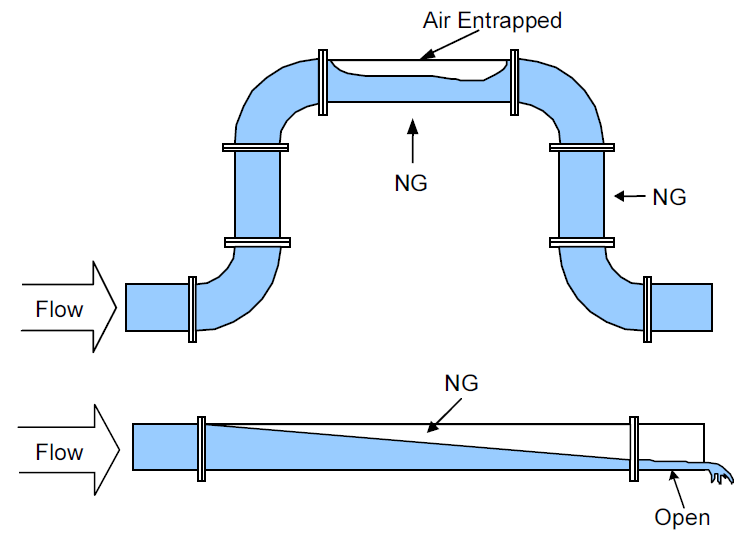・Is the inside of pipe full of water? Is there any liquid in it?
→ UFP-20 can only be used in full of water.

・Are there any bubbles inside the pipe?
・Are there any rusts or scales inside the pipe?
・Are there any sediments inside the pipe?
・Are there any paint peelings on the pipe?
→ Measurement may be impossible if there are bubbles, rusts, scales, sediments or paint peelings.
We recommend to measure the pipe without such conditions.
If you face such difficulty, re-locate the installation position.
・Are there any insulation materials on the pipe?
→ Measurement cannot be taken through the insulation materials.
You may need to remove the insulation materials.